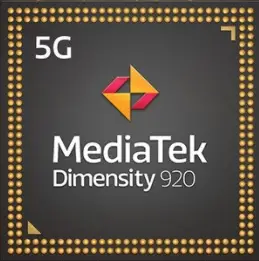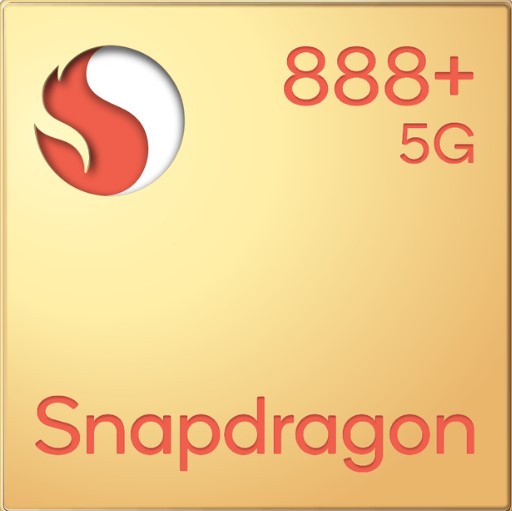Mediatek Dimensity 920 vs Qualcomm Snapdragon 888 Plus
We have compiled a detailed comparison of the recently introduced
Dimensity 920 vs Snapdragon 888 Plus
SoCs, designed by
Mediatek and Qualcomm respectively. Our comparison outlines the benefits and
limitations of these
8-core
processors, focusing on
their performance across
Geekbench, Antutu, and
3DMark benchmarks, and
technical aspects.
Review
General comparison of performance, power consumption,
and other
indicators
CPU Performance
Evaluation of Single-Core and
Multi-Core Processor Performance
Gaming Performance
Gaming and OpenCL/Vulkan
Performance of the Graphics Processing Unit (GPU)
Battery life
Energy Efficiency in Battery Usage
Tech Insist Score
Overall Performance Rating of the
Chip
Key Differences
Main differences and advantages of each chip
Pros of Dimensity 920
Pros of Snapdragon 888 Plus
Benchmarks
Evaluating performance through competitive testing in
leading benchmarks.
AnTuTu 10
The AnTuTu Benchmark evaluates CPU, GPU, RAM, and I/O
capabilities across various scenarios.
CPU
139277
216591
GPU
128453
324286
Memory
96272
138188
UX
134315
167760
Total score
498317
846825
GeekBench 6
The GeekBench test shows raw single-threaded and
multithreaded CPU
performance
3DMark
A cross-platform benchmark that assesses graphics
performance in Vulkan
(Metal)
3DMark Wild Life Performance
Stability
99%
99%
Graphics test
12 FPS
33 FPS
Score
2003
5863
Specifications
Full list of technical specifications of Dimensity 920 and Dimensity
9300
Architecture
2x 2.5 GHz – Cortex-A78
1x 2.995 GHz – Kryo 680 Prime (Cortex-X1)
Cores
8
8
Base Frequency
2000MHz
1800MHz
Turbo Frequency
2500MHz
2995MHz
Instruction set
ARMv8-A
ARMv8.4-A
L2 cache
-
512 KB
L2 cache
-
1 MB
L3 cache
2 MB
4 MB
Process
6 nanometers
5 nanometers
Transistor count
12 billion
10.3 billion
TDP (Sustained Power Limit)
10 W
8 W
GPU name
Mali-G68 MC4
Adreno 660
Architecture
Valhall 2
Adreno 600
GPU frequency
950 MHz
905 MHz
Pipelines
4
2
Shading units
64
512
Total shaders
128
1024
FLOPS
684 Gigaflops
1853 Gigaflops
Vulkan version
1.1
1.1
OpenCL version
2.0
2.0
DirectX version
12
12
Neural processor (NPU)
MediaTek APU 3.0
Hexagon 780
Memory type
LPDDR5
LPDDR5
Memory frequency
3200 MHz
3200 MHz
Bus
-
-
Max bandwidth
-
51.2 Gbit/s
Max size
16 GB
24 GB
Storage type
UFS 2.1, UFS 2.2, UFS 3.1
UFS 3.0, UFS 3.1
Max display resolution
2520 x 1080
3840 x 2160
Max camera resolution
1x 108MP, 2x 20MP
1x 2000MP, 2x 25MP
Video capture
4K at 30FPS
8K at 30FPS, 4K at 120FPS
Video playback
4K at 30FPS
8K at 30FPS
Video codecs
H.264, H.265, AV1, VP9
H.264, H.265, VP8, VP9
Audio codecs
AIFF, CAF, MP3, MP4, WAV
AAC, AIFF, CAF, MP3, MP4, WAV
Modem
-
X60
4G support
LTE Cat. 18
LTE Cat. 22
5G support
Yes
Yes
Download speed 5G
Up to 2770 Mbps
Up to 7500 Mbps
Download speed 4G
Up to 1200 Mbps
-
Upload speed 5G
Up to 2500 Mbps
Up to 3000 Mbps
Upload speed 4G
Up to 800 Mbps
-
Wi-Fi
6
6
Bluetooth
5.2
5.2
Navigation
GPS, GLONASS, Beidou, Galileo, QZSS, NAVIC
GPS, GLONASS, Beidou, Galileo, QZSS, SBAS, NAVIC

